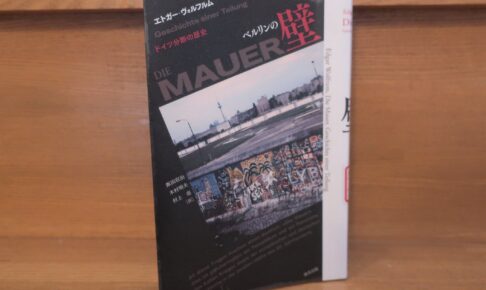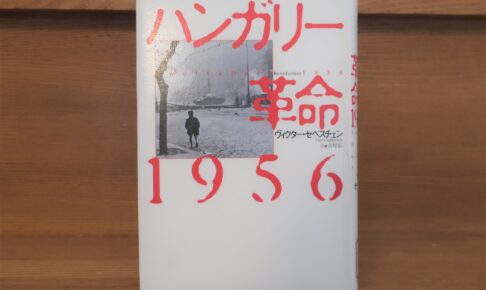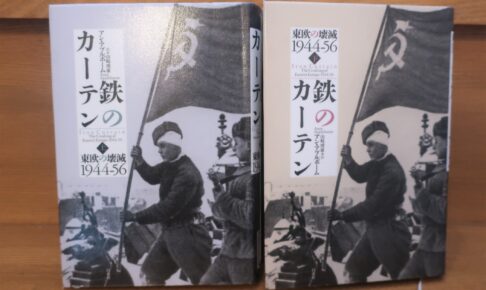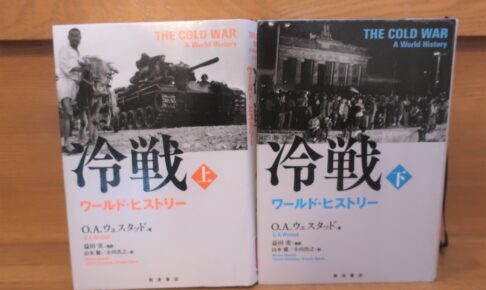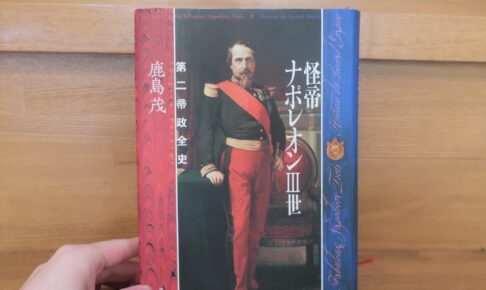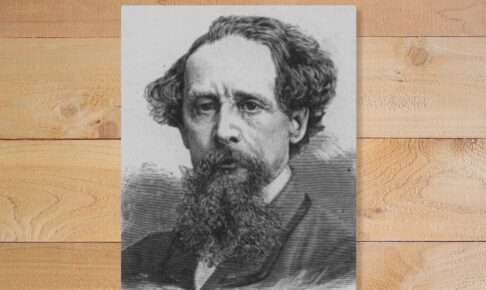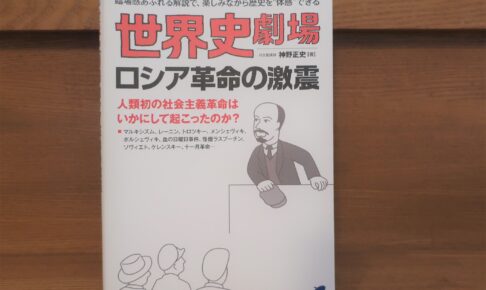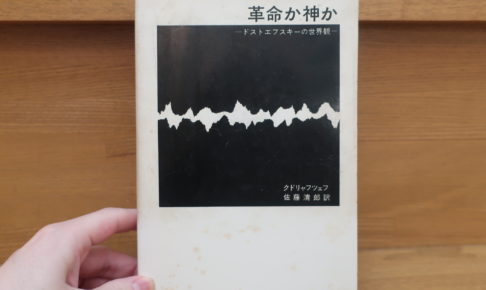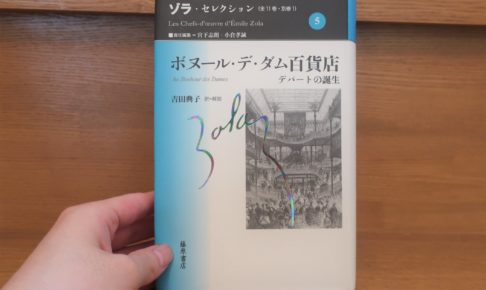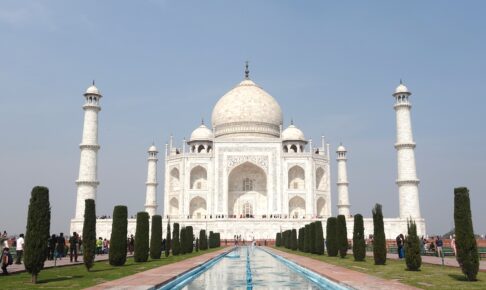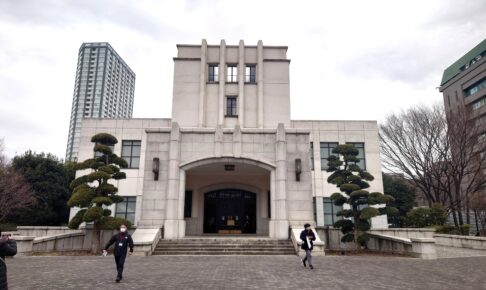E. Wolfrum, "The Berlin Wall: The History of the German Divide" - A good book to learn about the history of the Berlin Wall!
This book is written in an easy-to-understand manner for those who know nothing about the Berlin Wall or the Cold War.
But don't underestimate it as an introductory book. This book takes us deeper. It not only traces the course of history, but also makes us think about why it happened and what is happening in the world today.
This book is highly recommended for learning the history of the Berlin Wall. The book is very easy to read, with plenty of diagrams and photos to help you visualize what it was like at the time. I highly recommend this book.












